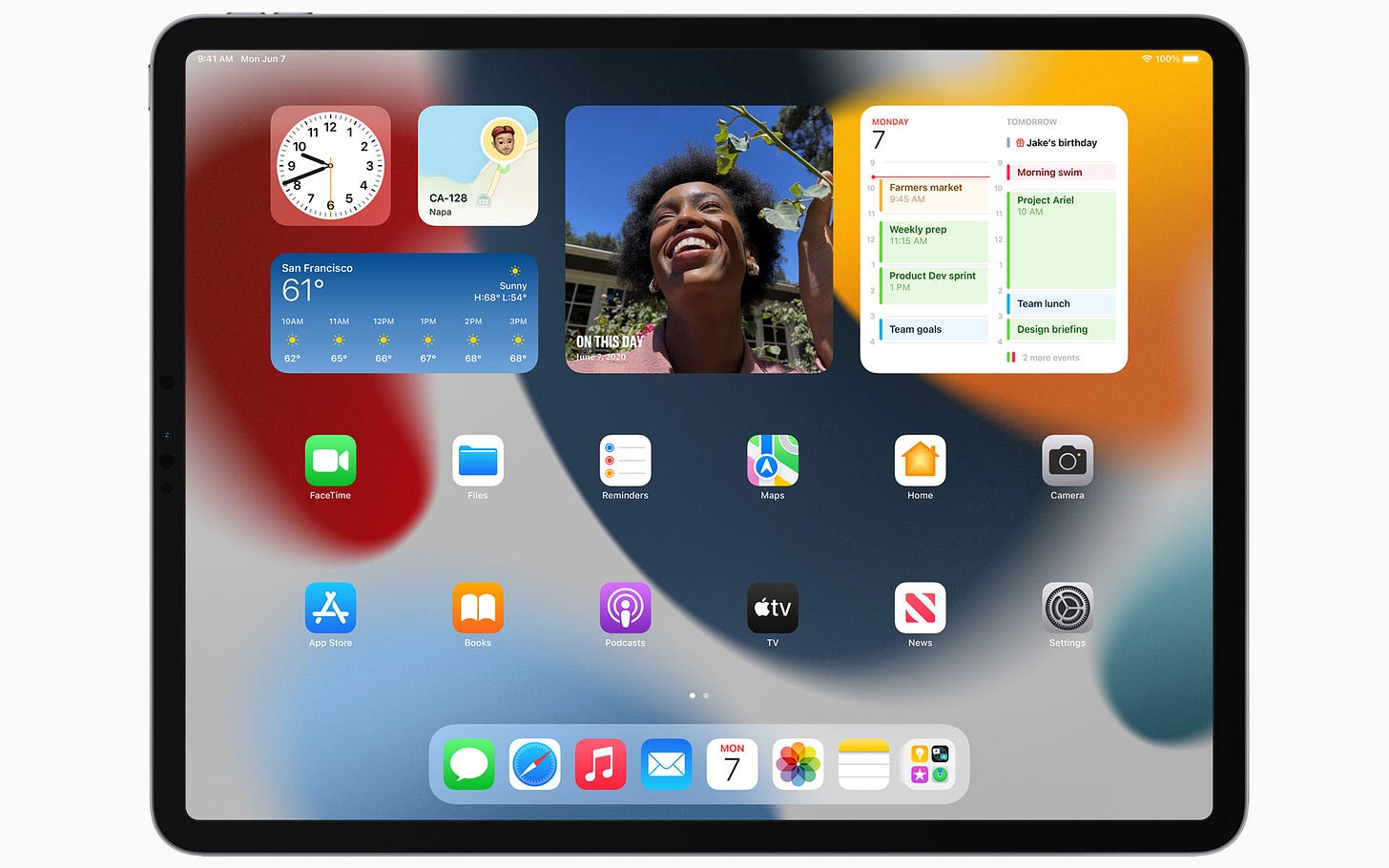WWDC 2021: Apple is officially out of ideas
Copying things and fixing things is all the software progress we can now expect, apparently

Apple's keynote for its software-focused annual event, WWDC, wrapped up a few hours ago and - for many journalists - there's this traditional comparison to be made yet again. No, it's not the "what we expected" versus "what we got" comparison. Experienced reporters stopped thinking that way about Apple events a long time ago. It's the "what was my impression about all this while watching it" versus the "what's my impression now that I have gone through all the press releases and the actual announcement material". In the case of WWDC 2021, there is no "versus". It was underwhelming while watching it and underwhelming while collecting all the information necessary to report on it.
What has, furthermore, become painfully obvious is that Apple cannot "innovate" on the software front anymore.
During the WWDC keynote - that lasted almost two hours that seemed more like four - Apple executives went through all the additions and changes that iOS 15, iPadOS 15, tvOS 15, watchOS 8 and macOS Monterey. All of these changes are things that Apple should have fixed a long time ago and every single one of these additions is something that others have already done in the past (years ago even). Many of these features are proof that Apple is playing catch-up, while most are still implemented in a way that just encourages the use of more Apple products and services.

The list is quite long but here are a few characteristic examples. Facetime is enhanced to work more like Zoom or Teams, also allowing for video or music sharing. The only truly noteworthy feature: people with Android or Windows devices can be included in Facetime video calls through a web browser by clicking on special links the Apple device owner can send. iMessage now resembles Viber or Whatsapp but also makes sharing of external content easier. LiveText is Apple's version of Google Lens, recognizing text in photos and letting you manage it in different ways. Universal Control allows data from apps to be transferred from e.g. an iPad to a Mac in real-time with the help of a mouse, just like in Logitech Flow or Synergy. You can see where this is going.
The company is even promoting changes that absolutely needed to be made, as new features. The unintuitive and annoying iOS notifications system is given an overhaul, potentially becoming useful. Widgets in iPadOS can now take up more space in home screens and a few new gestures/controls are supposed to help with the embarrassingly clunky current "multitasking" system (we'll see how that goes in practice). Siri can work with no Interner connection for a number of functions. All welcome but nothing to get excited about.

That's not to say that Apple has not been doing at least some interesting work elsewhere. The company's focus on health and well-being, for instance, brought about several useful additions to the Apple Watch. Privacy also remains of great importance to the company - or so we are constantly reminded - so some new options in Mail and Safari have been added to them. Speaking of Safari it seems to be the only change in macOS worth mentioning, as its desktop version sports a new design. But, again, hardly the kind of stuff that can justify a whole year of software development, even if it was a pandemic year.
Taking a step back from all of the marketing bullet points, the fiery Web comments or the general frustration of Apple product users - many of them were clearly expecting more from WWDC 2021 - one thing is clear: there's no one left at Apple Park, inside that impressive spacecraft-like campus, that can come up with original, never-before-seen ideas on the software front. Apple is now just copying things and fixing things. That might work for a while but it is the kind of approach that’s already keeping Apple devices back (hello iPad Pro) while not exactly helping computing evolve as a whole.
We'll have to wait for 12 more months to find out whether Apple has taken note of that fact or whether this extremely conservative and uninspiring approach in software development is actually its battle plan for the foreseeable future. For the sake of hundreds of millions of consumers, let us hope for the former and not the latter.


